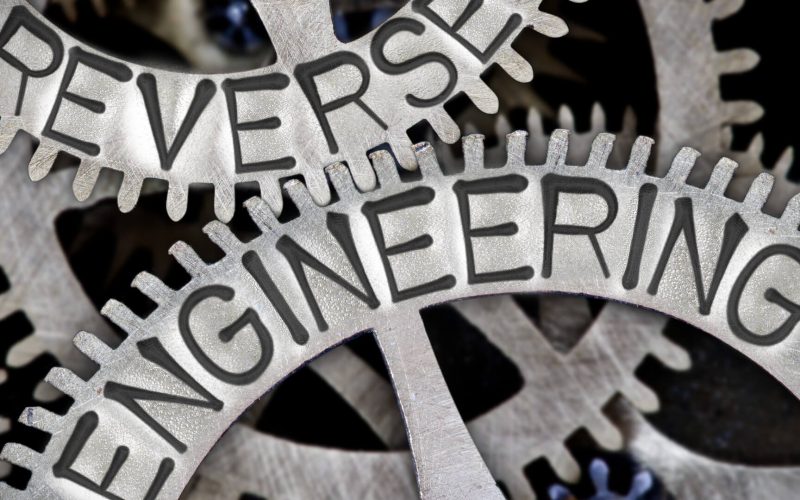
March 10, 2022
With the support of new technical tools, it is possible for engineers to produce significantly more superior products. CAD (Computer-Aided Design) and 3D scanning are just two types of technology used in product design today.
Using these techniques, reverse engineers try to figure out how a part or machine works and how it was built. This method is especially useful when trying to improve or reproduce an existing part. These studies can also be used to check the accuracy or conformity of freshly designed parts.
Reverse engineering combines methodologies to quickly determine the specifications of a pre-existing part. And it improves the efficiency of the design process and results in a far more successful product.





